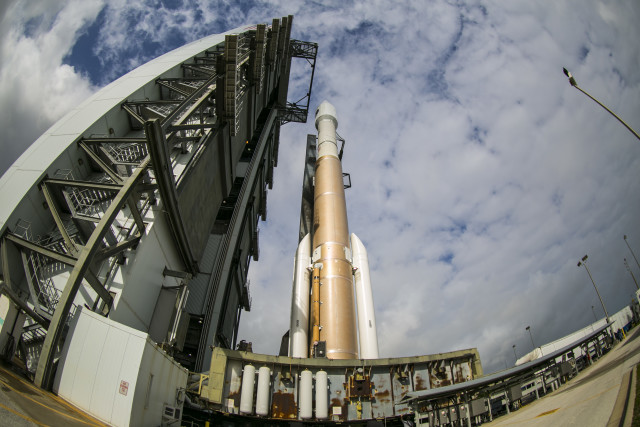As 3D printing technology continues to improve, more industries and companies are analyzing how they can incorporate it into their existing production processes.
Rocket manufacturer United Launch Alliance (ULA) is no exception. ULA makes launch vehicles for NASA, the Air Force and commercial satellites.
The lower-end rockets they manufacture cost $165 million and are responsible for propelling billion-dollar satellites weighing more than 60,000 pounds into space. When a company responsible for these types of critical applications embraces 3D printing for manufacturing, it’s a pretty big deal.
“It’s about as demanding an application as you can get,” says Rich Garrity, VP and General Manager Vertical Solutions Unit for Additive Manufacturing system maker Stratasys Ltd. “Rockets must endure pressure, G-force, speed, vibration, heat, and extreme cold.”
United Launch Alliance is a premier launch services company in the U.S., and has supported America’s presence in space for more than 50 years with its heritage systems Atlas and Delta. Similar to other leading edge manufacturers with a history of using 3D printing, ULA evolved from prototyping to tooling and into flight hardware production.
ULA initiated the process of updating the Environmental Control System (ECS) duct on the Atlas V after acquiring two Fortus 900mc 3D Production Systems from Stratasys. The ECS duct is “critical to the countdown sequence of a launch, delivering nitrogen to sensitive electronic components within the rocket booster”.
The Atlas V is set to launch with the new 3D component in 2016.
Read more at ENGINEERING.com


